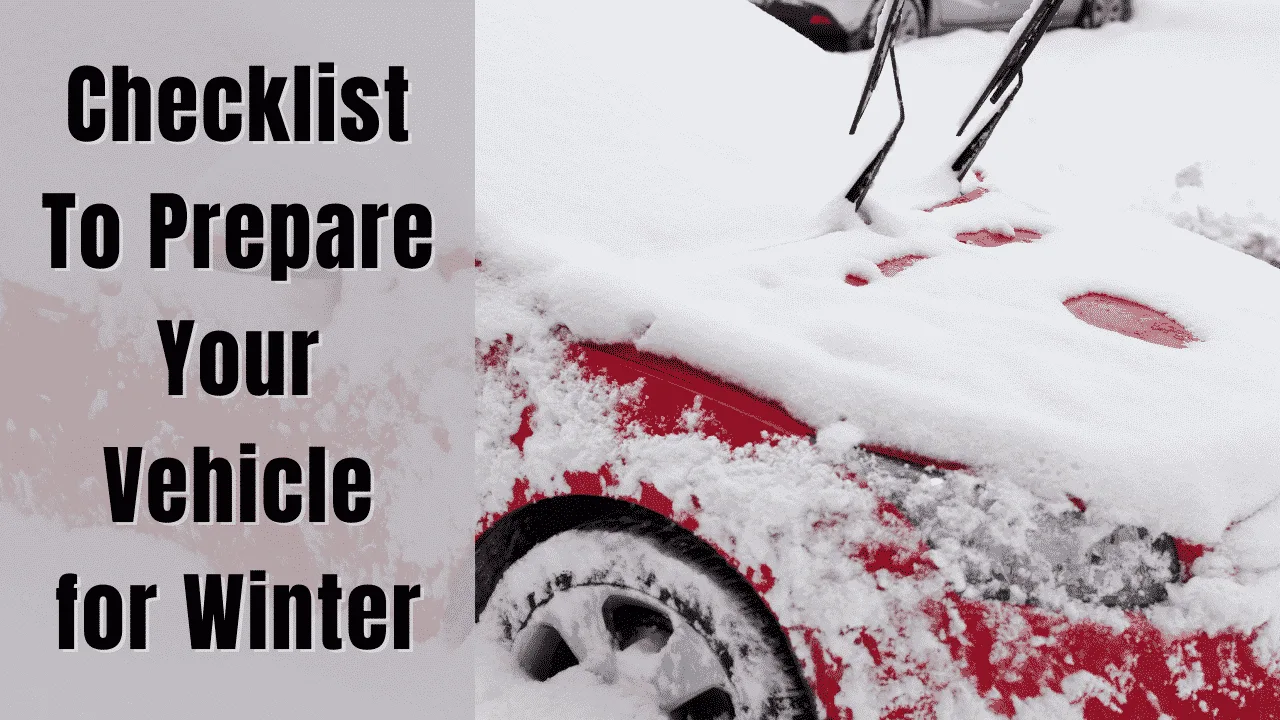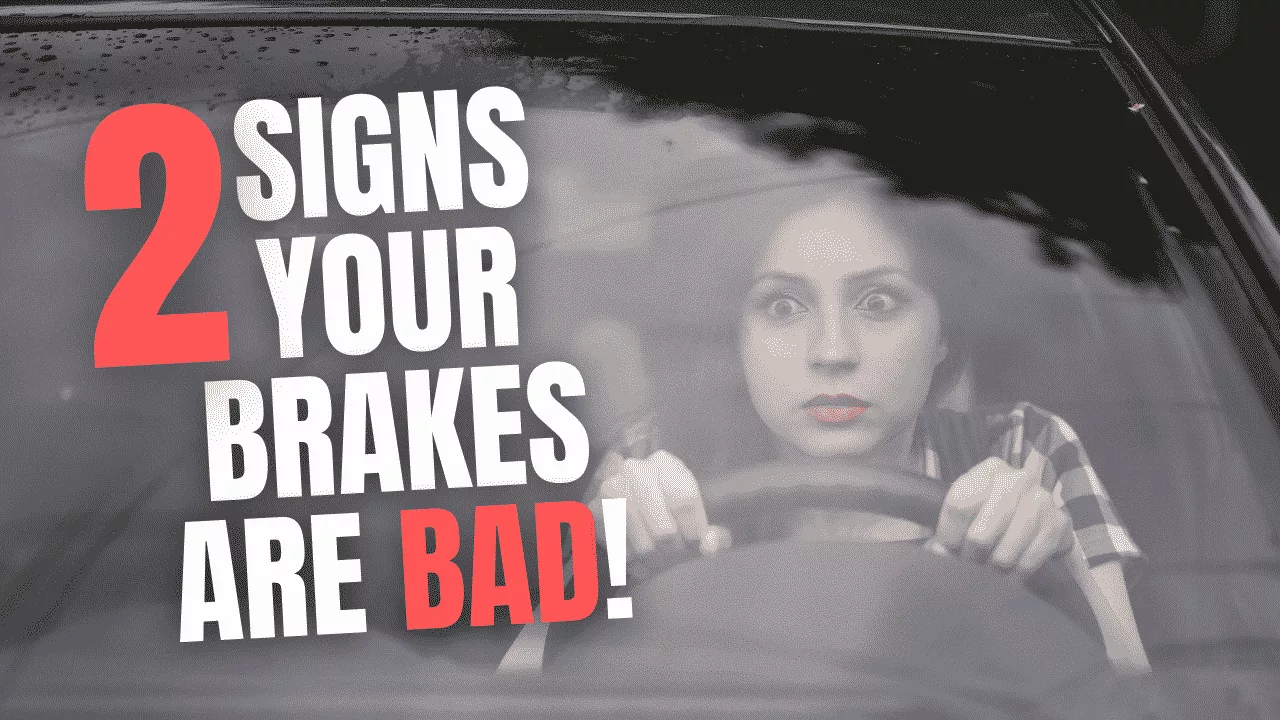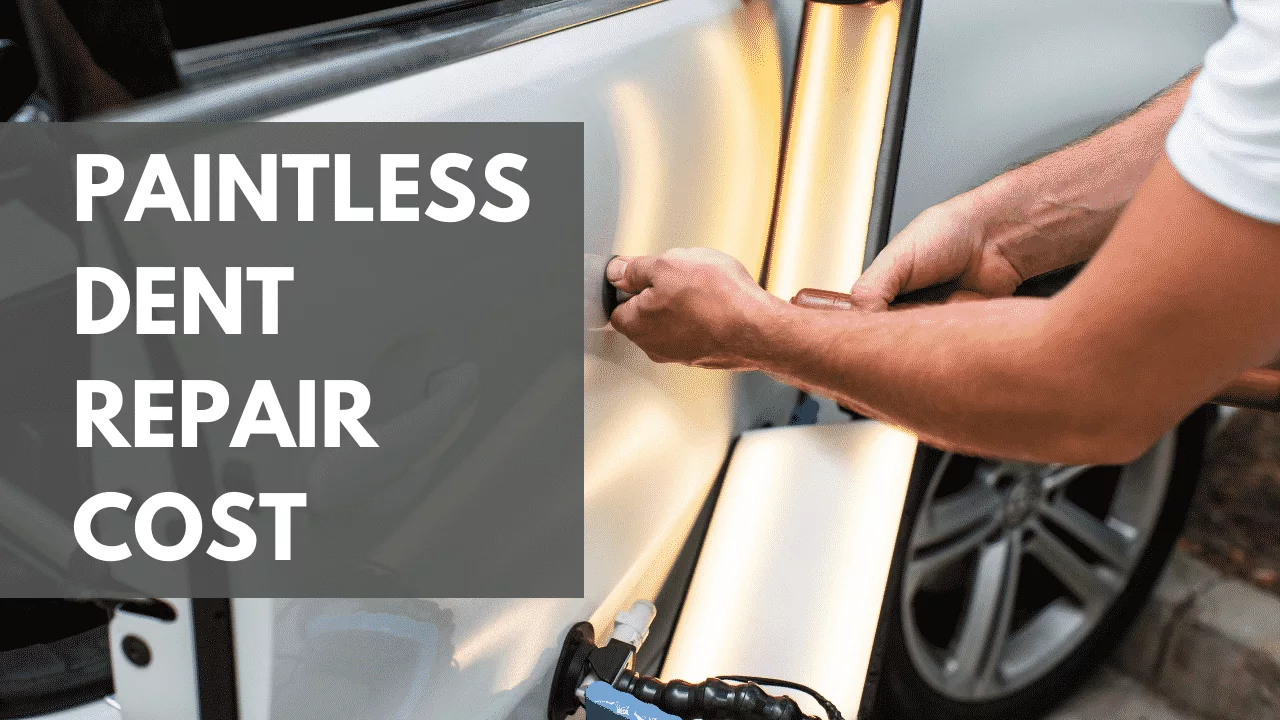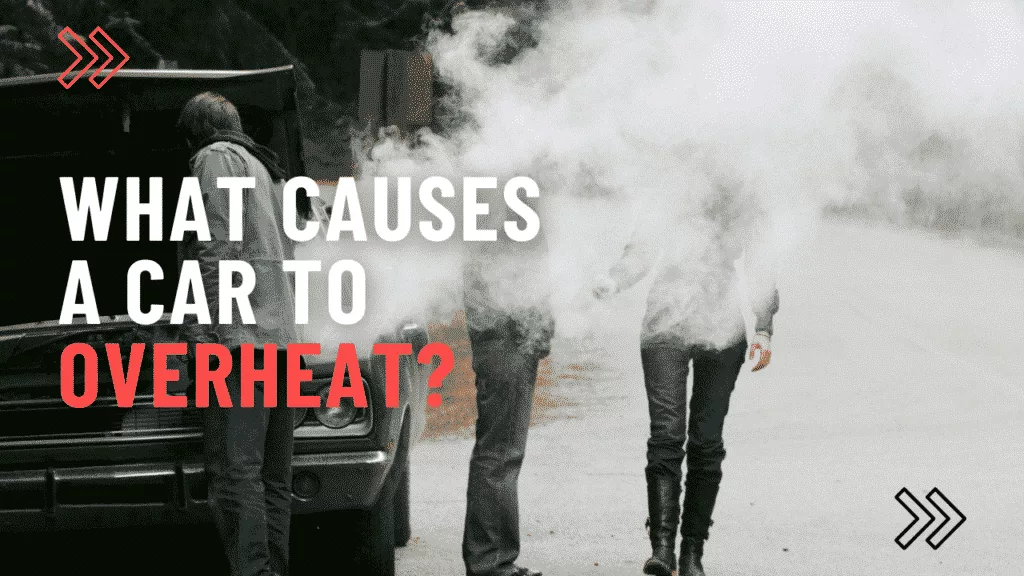
Why is my car overheating?
There are several reasons this can happen. But mostly, a car overheating results from one or more systems not doing their job correctly. In most cases, the number one cause is low coolant levels. However, several other reasons could contribute to the engine overheating, and we’ll cover those later in this article. We’ll also take a look at troubleshooting steps and what to do when your car is overheating.
Is overheating dangerous?
If your car is overheating, you risk damaging the engine if you continue driving. Possible damage to the engine will vary based upon how long the engine was overheating and what caused it to overheat in the first place. The damage may not be visible immediately, and your car could overheat again when you least expect it, so it’s important to know what to do when it happens and how to troubleshoot it.
What should I do?
You’ll need to take action depending on how hot the temperature gauge gets. If it’s in the blue area of the indicator, you should pull over immediately. If it’s in the red or near the red, your car could be damaged already, so turn off any electrical items that may further raise the engine temperatures, such as A/C, then try to get to a safe place as soon as possible. The four steps listed below will show you what to do if your car is overheating.
- Pull over and park in a safe location well off the road and away from moving traffic. This will prevent you from being hit or causing injury to others while your parked.
- Set the parking brake so the car won’t roll while you look under the hood to troubleshoot.
- Turn off the engine and take your foot off of the brake pedal. Once this is done, the car will start to cool down fairly quickly so you should do this as soon as possible to avoid further damage. If you can’t get to a nearby safe place to park, continue driving and turn on the heater to help pull heat from the engine and cool it down.
- Reduce the risk of injury. Listen for odd noises such as water splashing or steam coming from the radiator. These are sure signs that coolant levels are too low. Don’t try to open the hood or radiator in this situation. Doing so can be very dangerous and cause severe burns if the steam or water hits your skin.
Troubleshooting Checklist:
Now that you’ve moved your car off the road and found a safe place to park, the next thing to do is check for any obvious reasons why your vehicle may be overheating. The following questions will help us determine what could be causing the issue.
Is the car overheating when idle?
If steam isn’t coming from the radiator, start by checking the oil level in the motor. Low oil levels can prevent proper lubrication to critical areas of the engine and cause internal damage such as cracks to the block or head. A crack in the head or block can also allow coolant to leak into the oil.
Is it overheating while driving?
If the temperature gauge is getting hotter than usual while you’re driving, this could be caused by several things. Worn-out belts or hoses are typically the cause of this. These items circulate coolant to the proper areas of the engine efficiently, so if they’re worn out it can cause the engine to run hotter than average. Worn-out belts can also cause a squealing noise under load, so listen for odd noises while driving.
Is there a leaking radiator?
If you saw water or steam coming from the front of the car, then there’s likely a leak in your radiator. You’ll need to replace it and any other parts that may be damaged, such as hoses and belts. I would strongly suggest doing this before driving the car again. A leaking radiator can cause severe and expensive damage to other components of your engine.
Is the coolant level full?
If you didn’t see steam or water coming from the radiator while overheating, wait for the engine to cool off, then check the coolant level. If it’s low, you should top it off with the proper mix of water and coolant. Having too little or no coolant available will cause the engine to overheat.
Also, check the color of the coolant and if there’s any debris present. If the coolant is brown or black, you should take it to a mechanic and have it flushed. They’ll be able to check for additional problems once the coolant has been flushed out.
Is the radiator hose clogged?
If something clogs the hose leading from the radiator to the engine, it could cause an overheating condition. First, take a shop rag and clear out any clogs you find in the hose. If this doesn’t work, remove the hose completely and use water to clean it out.
Is the car smoking?
If there’s smoke coming out from under the hood, there’s likely an internal issue with your engine that will require professional attention. Do not attempt to repair this yourself or drive the car until you’ve had it looked at by a professional.
Is the AC blowing cold when it’s overheating?
If the AC stops blowing cold air, this indicates that your cooling fan isn’t working correctly. The electric cooling fans are located in front of the radiator and should turn on automatically when the engine starts to overheat. If you’ve replaced your thermostat recently or flushed out your coolant, but it’s still overheating, then there’s a possibility that your cooling fans aren’t working correctly.
What about the thermostat?
The thermostat is another item that can go bad and cause the temperature to fluctuate. I’ve watched my thermostat bounce up and down on my 2004 Dodge Durango when the thermostat went bad. The thermostat is typically located at the top of the radiator but on some engines, it’s mounted inside of the motor block.
On my Durango, it was on the lower part of the engine where the radiator hose connected to the block. Replacing this on your own isn’t too difficult. If you’ve had issues with your cooling system in the past and are looking to replace your thermostat, here’s a general video from YouTube that shows how to remove, inspect, and install one.
If your car is still overheating after walking through all the items above, you may have a bad head gasket or cracked cylinder heads. This is very serious damage and will require help from a certified mechanic.
Should I have the engine checked after overheating?
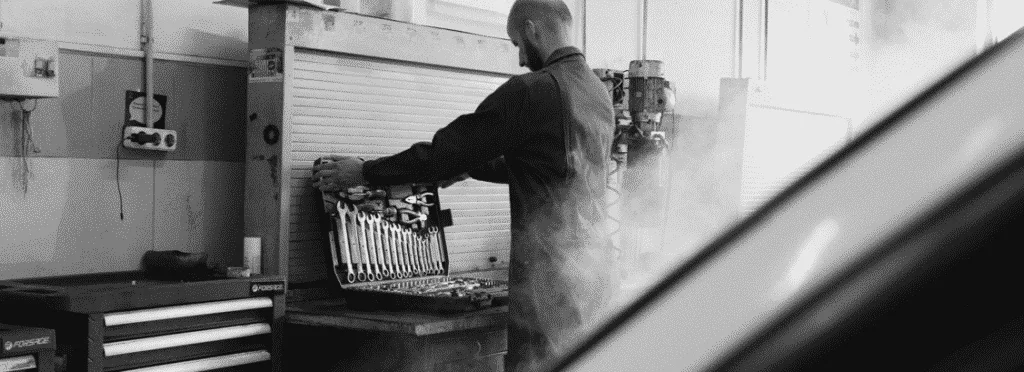
In most instances, the engine will still be able to function properly after you’ve corrected the overheating issue. There will be cases where you’ll need to replace parts due to being overheated, but most engines can still function properly if it’s caught early enough. It’s not a bad idea to have a mechanic inspect the engine further to ensure there’s no hidden damage.
What will a mechanic check?
A mechanic will typically cool down the engine and then listen for any odd noises while the engine is running to see if anything needs to be addressed. They’ll be able to tell right away what may have caused the erratic temperature and what repairs need to be made.
Need more assistance?
Auto Glass Locator doesn’t provide services outside of auto glass repair and replacement. Still, places on the internet like 1A Auto have great videos to assist with most automotive issues. If their site doesn’t have what you’re looking for, I suggest contacting a reputable shop in your local areas like Christian Brothers or Kwik Kar for further assistance.

